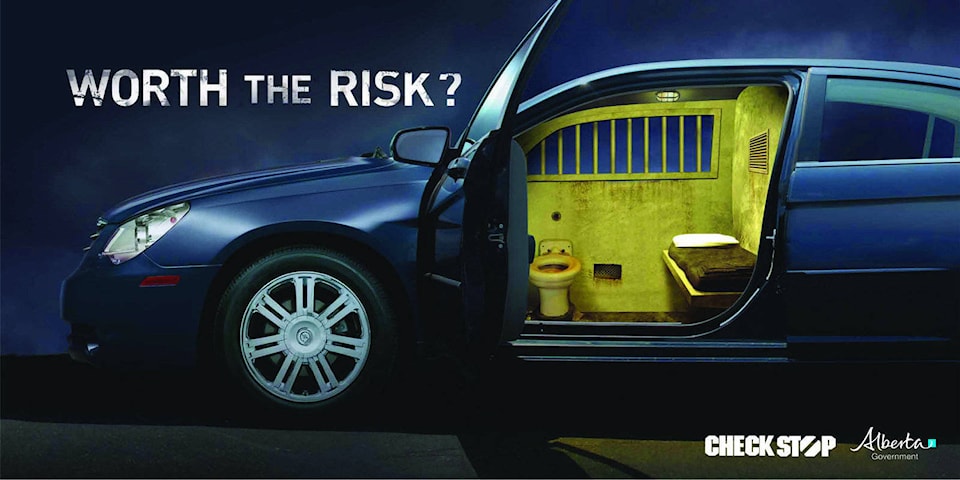The holidays are often associated with an increase in alcoholic beverages consumed as well as other drugs. With the impending legalization of marijuana, messages about impaired driving are now also including being high with the usual message not to drink and drive.
Students Against Drunk Driving (SADD) wants to make sure people plan ahead so as not to drive while impaired in any way. Arthur Lee, provincial community liaison for SADD had this to say on behalf of the organization:
“Whether it’s at the end of the night or just trying to juggle busy schedules, it’s important for everyone to drive sober, stay focused on the task of driving and avoid rushing.”
Lee also reminded passengers that their actions can have an affect on the driver as well.
The Traffic Injury Research Foundation determined that, in 2013, of Alberta drivers killed in collisions, more than one in four was over the legal limit for alcohol, and one in two had used drugs.
“Both alcohol and drugs impair a driver’s ability to safely operate a vehicle. Statistics show that more than a quarter of drivers killed in collisions in Alberta were drunk, and even more were high, ” said Minister of Transportation, Brian Mason, adding that these deaths are “entirely preventable.”
The average amount of Criminal Code convictions for impaired driving is 7,500 per year for the last five years.
Whether impairment is the result of alcohol or drug use, Supt. Gary Graham, officer in charge at Alberta Traffic Services reminded Albertans in a press release that impaired driving is a crime:
“Impaired driving is a crime regardless of whether impairment is caused by alcohol or any other drug. Everyone has a role to play in traffic safety. Please take time to plan for a sober ride to and from your destinations this holiday season.”
Should you be charged with impaired driving, you would be required to install an ignition interlock device.
In regards to whether it is safe to drive while high, the Canadian Centre on Substance Use and Addiction discovered that cannabis creates performance deficits in many skills required to drive safely, such as tracking, reaction time, visual function, concentration, short-term memory and divided attention.
Simulated and on-road studies of driving performance found using cannabis increased a driver’s likelihood of swerving, as well as showed an inability to maintain a safe distance and difficulty controlling speed.
